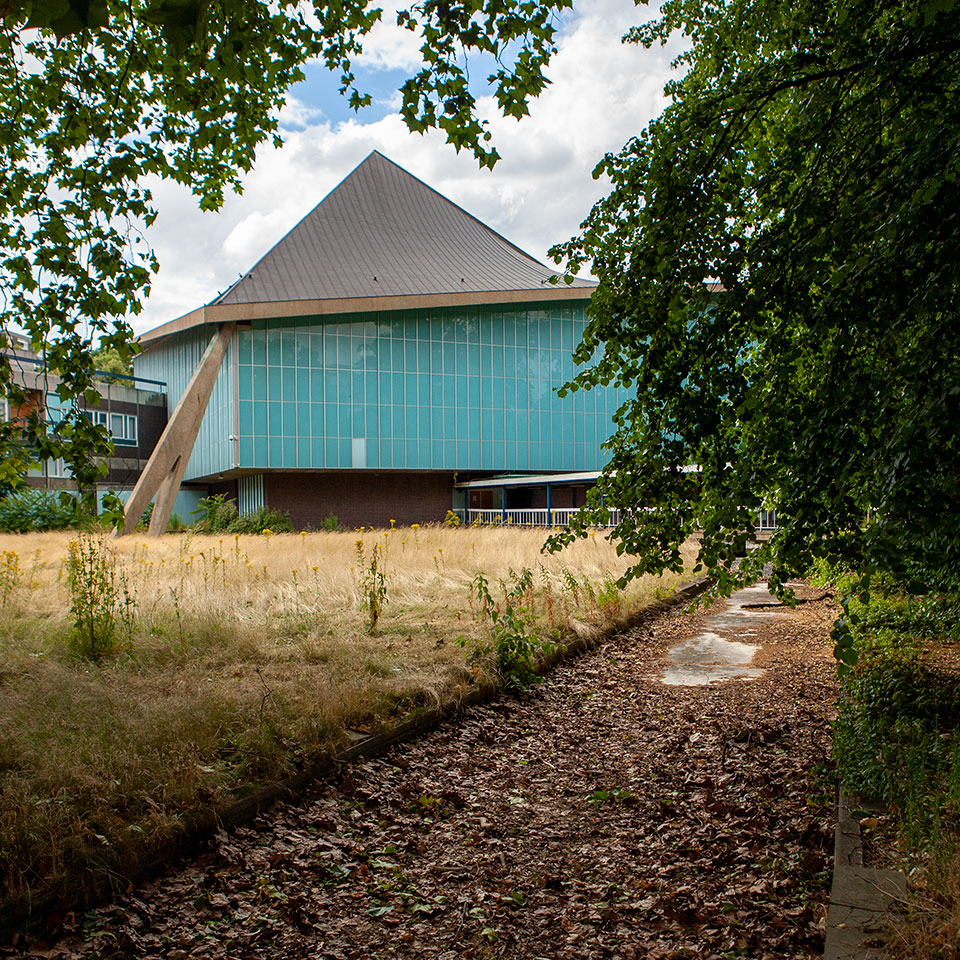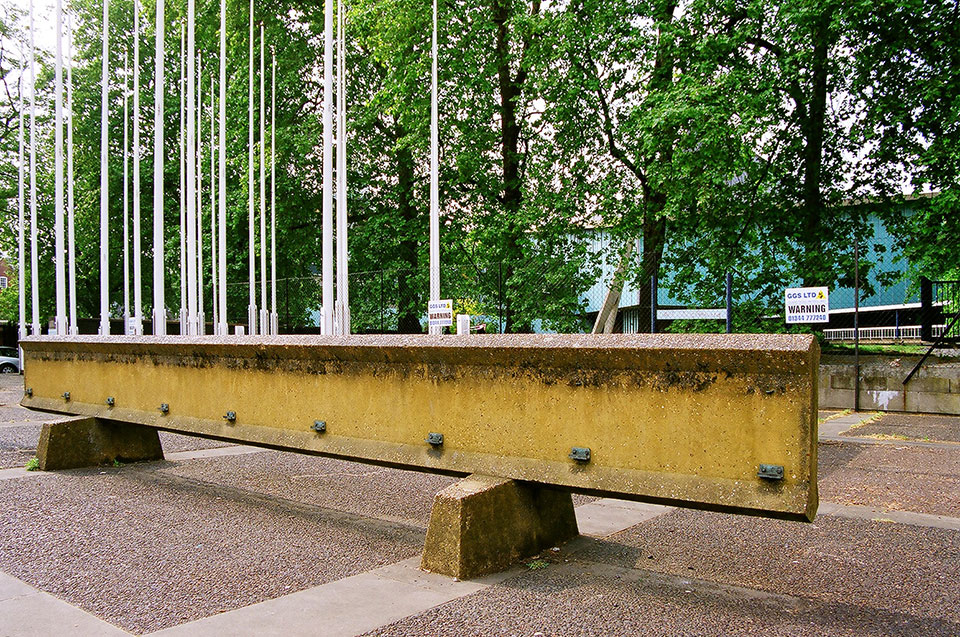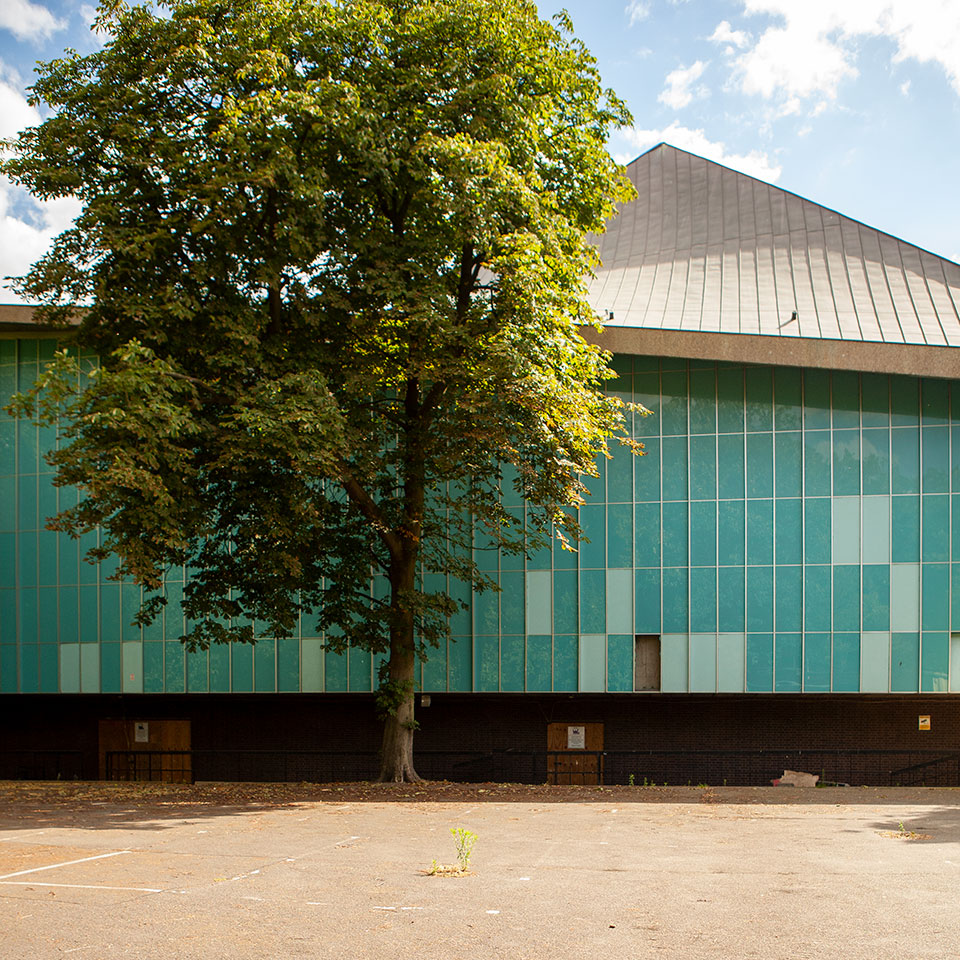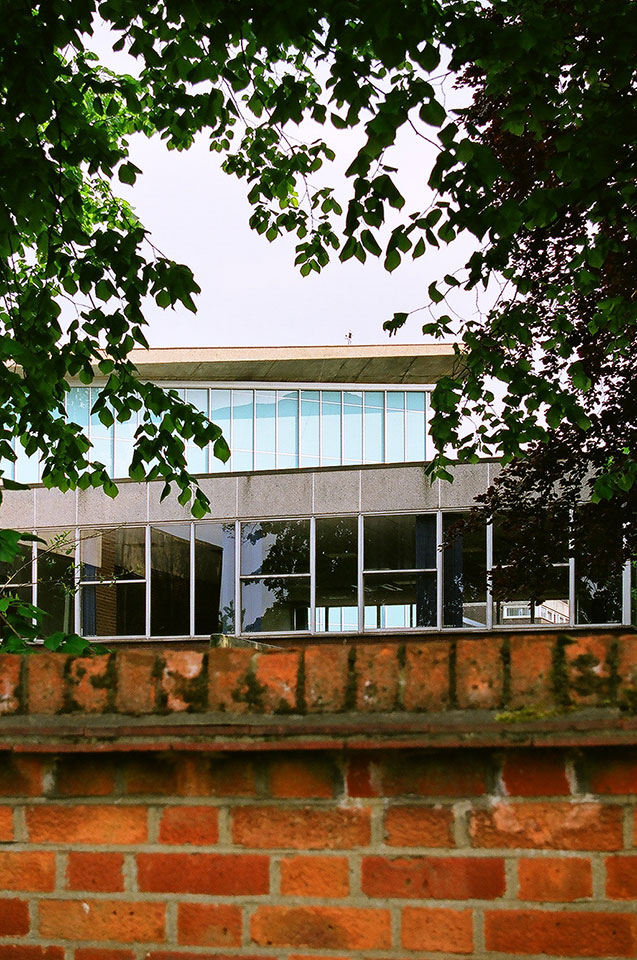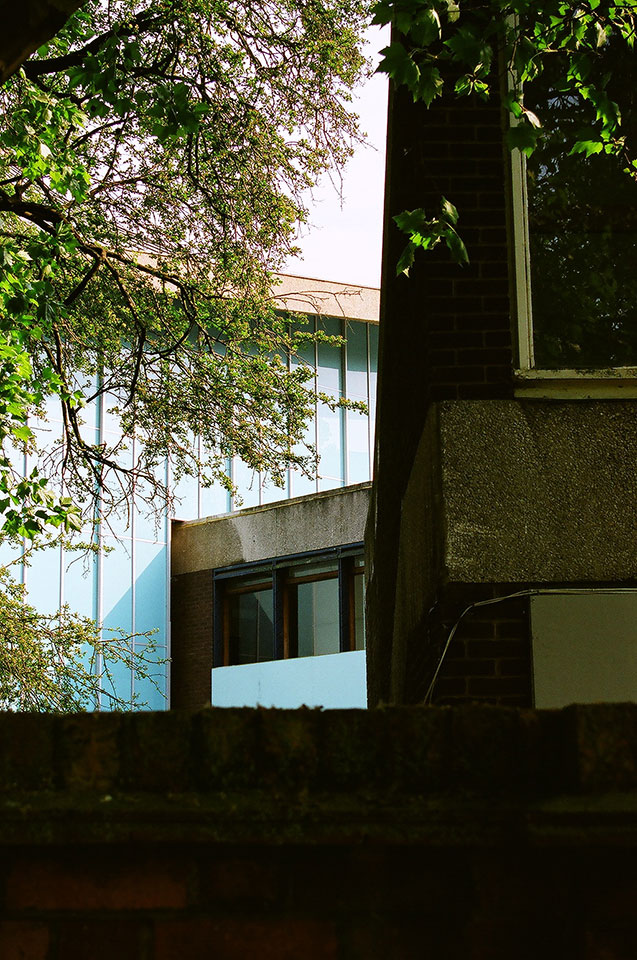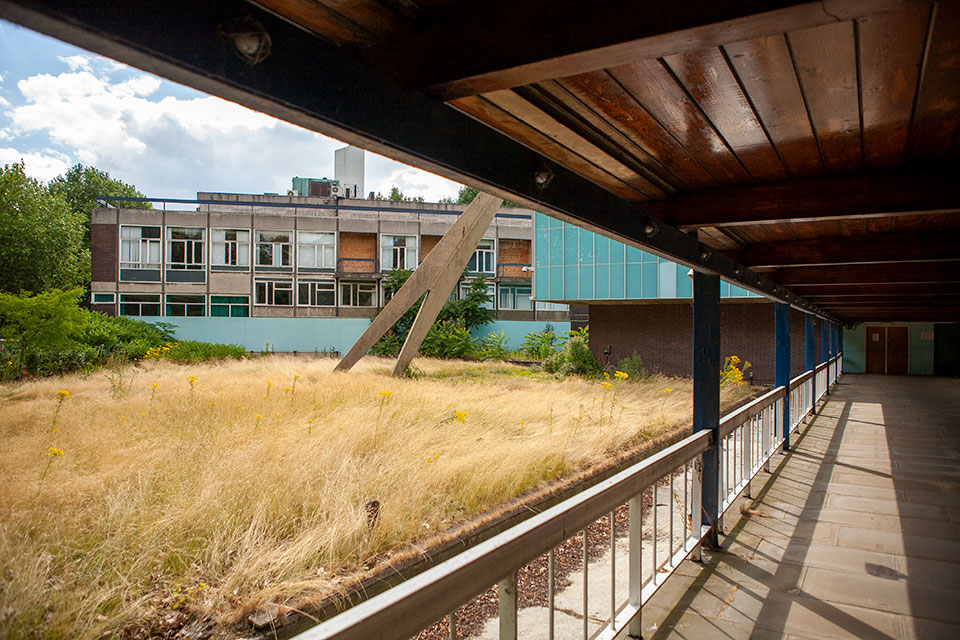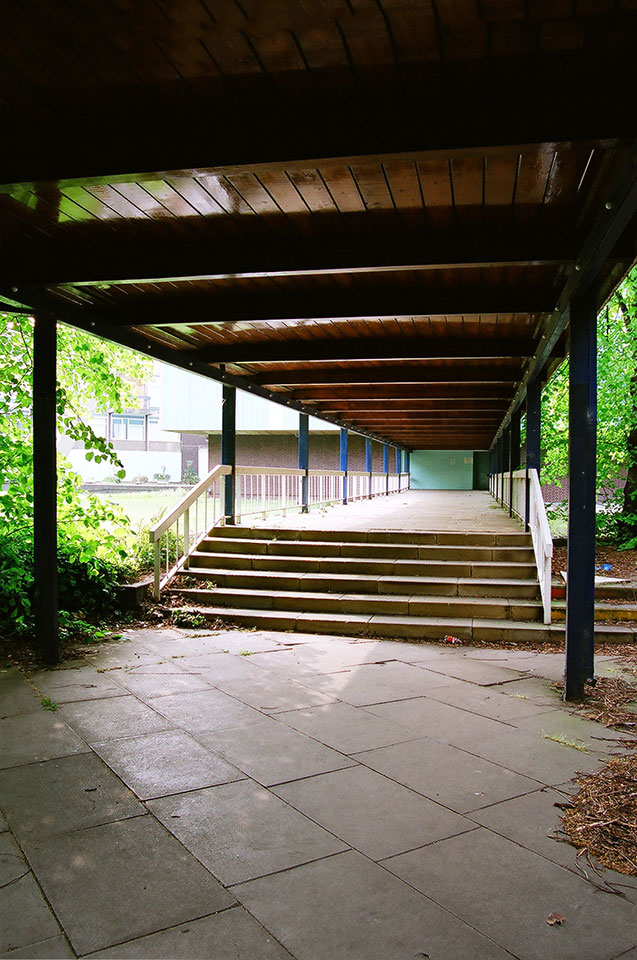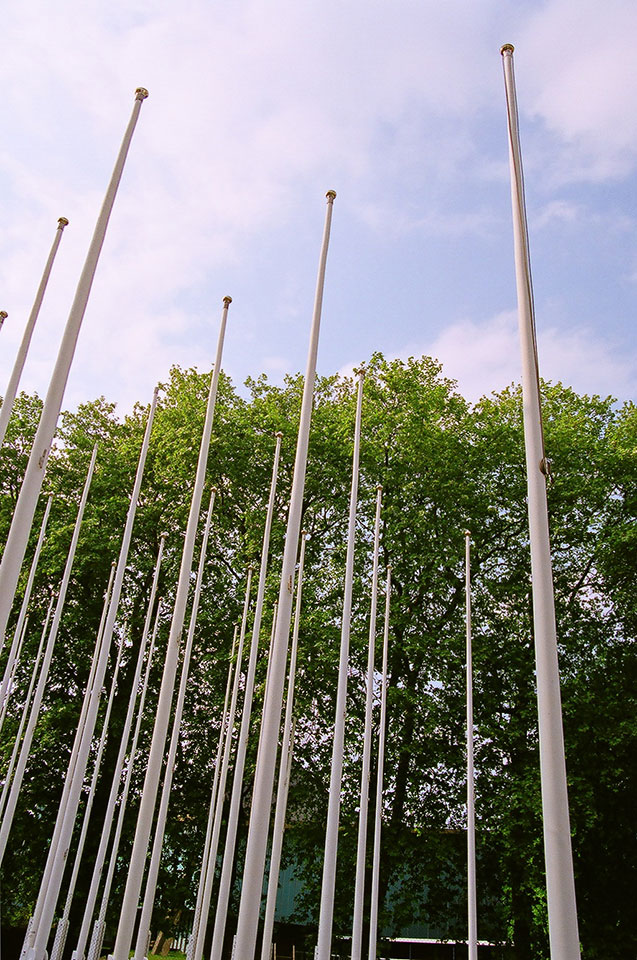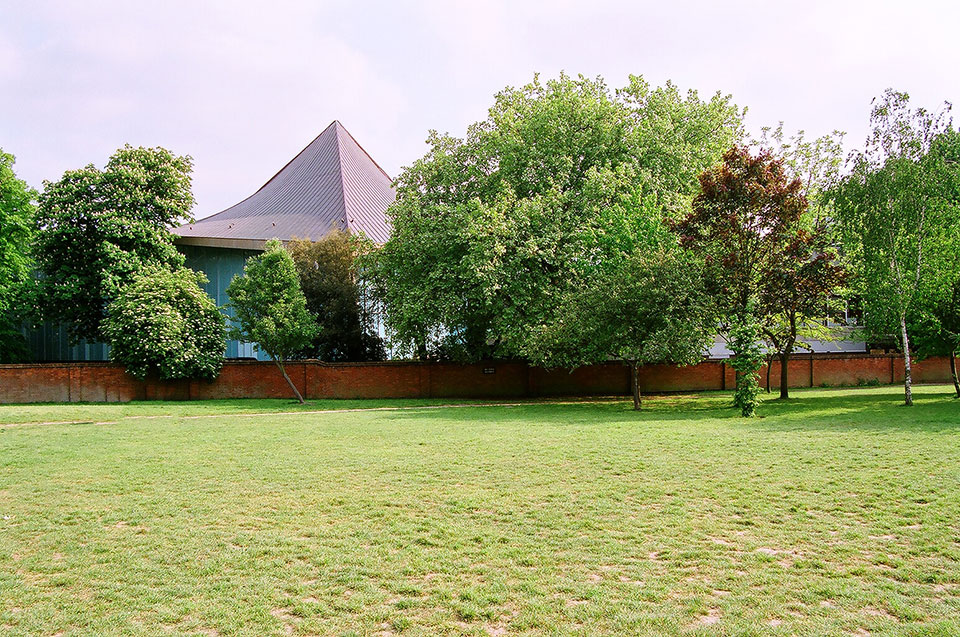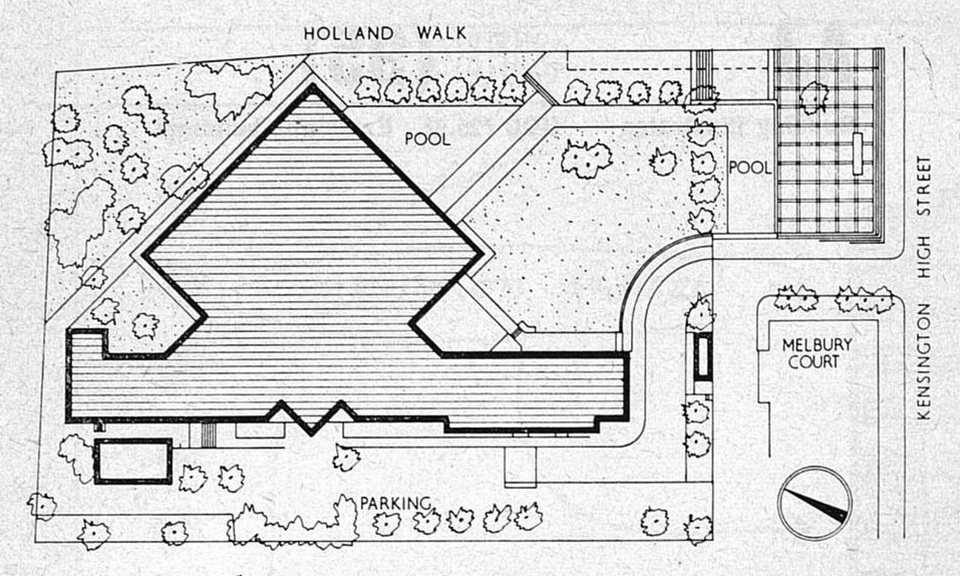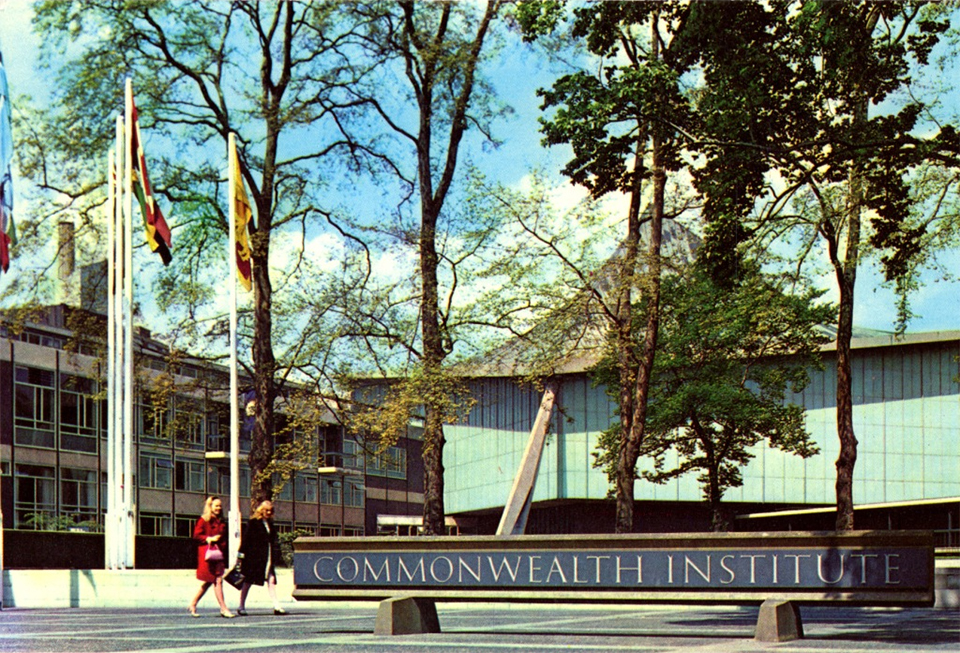Commonwealth Institute
1962
The Commonwealth Institute was the first public building to be completed in London after the Festival hall of 1951 and was opened by the Queen in 1962. Viewed from today, its significance and role in the story of decolonialisation afford the building new meaning and interpretation that, at the time, extended to the idea that, ‘just as the word ‘Imperial’ was obsolete so was any form of architecture in any way reminiscent of the past’ [1]. The scheme was imbued with symbolism – the exhibitions had to be under one roof; the design had to be as contemporary as could be; it should be read as a ‘tent in the park’; the enclosed space had to be absolute to account for infinite possibilities – and all this should be achieved within a budget akin to that expended on a technical college. Most critics of the day pointed to the clash of forms between the main hall and the attendant blocks of administrative and ancillary functions and even the striking parabolic roof came under fire for its mixing of pure hyperbolic curves with other warped surfaces. The exhibitions though were roundly endorsed using language that was at best patronising and at worst racist, the ‘exotic’ nature of the artefacts in all of their benign decontextualised setting was intended to somehow show unity in a dissolving geo-political construct. Nonetheless, generations of London school children were dutifully paraded through this sanitised version of Empire and it perpetuated ideas of Great Britain as the centre of the modern world well into the 1990s. Lead architect for RMJM was P.A. Newnham with assiatnce from R. Cunliffe and the exhibitions wwre designed by James Gardner [2]. The technical performance of the galleries’ lighting was tested and refined in collaboration with the Building Research Station and subject to its own assessment in the architectural press. The landscape architecture, by Dame Sylvia Crowe was explicitly favoured by the critics too. Symbolism aside, the building was a considerable accomplishment by the architects considering the demands of the brief, the roof alone was something of an engineering marvel and the interior of the main space with its galleries and central elevated podium were not without drama. In 1993 the Foreign and Commonwealth Office announced that it would cease to fund the upkeep of the building. In 1996 exhibits were removed from the main hall and in 1998 amidst concerns for its future it was spot-listed it at Grade II*. The building was sold to the Design Museum in 2007 and significantly remodelled (some would say dismembered) by OMA and John Pawson to reopen in 2017.
[1] Brawne, M., ‘Commoneweath Institute, South Kensignton’, Architectural Review, April 1963, p.261.
[2] Architectural Review, January 1960, p.29.
